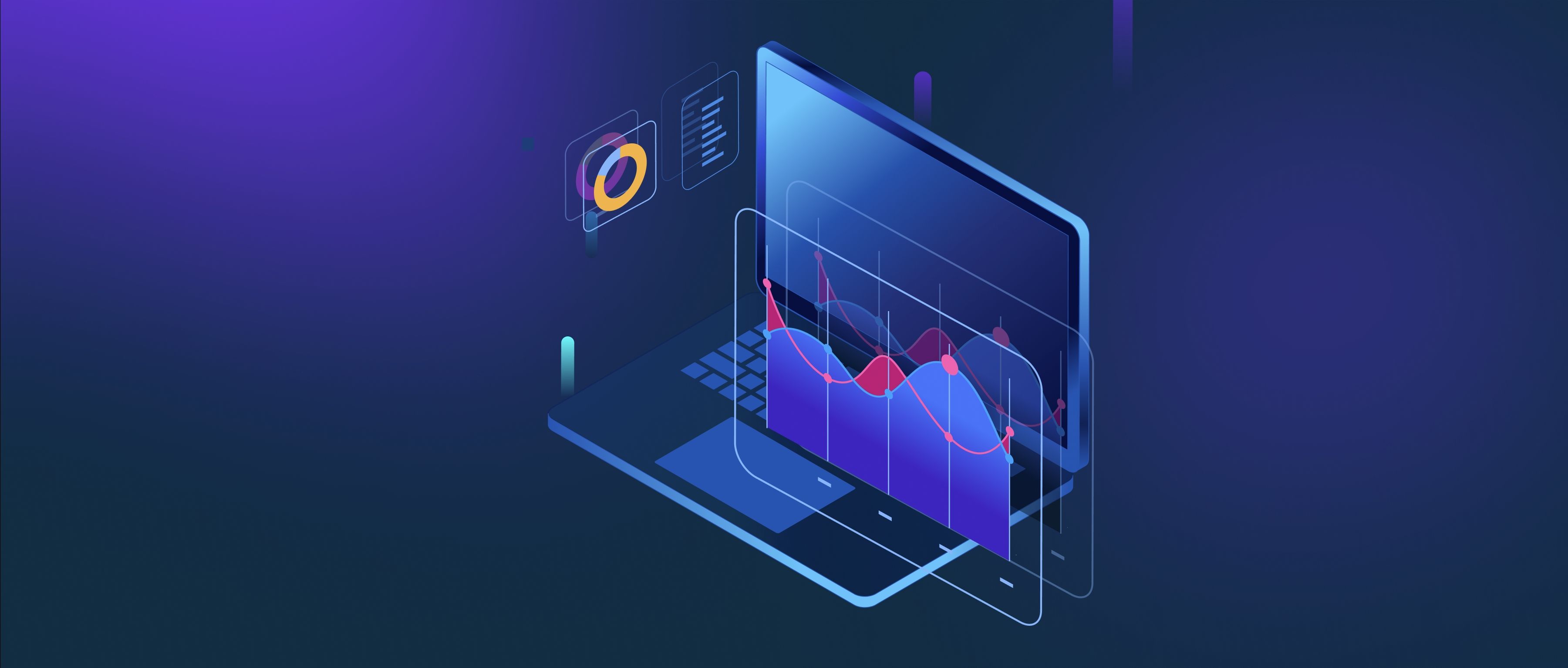Accessing an IP camera with OpenCV is straightforward and involves streaming video using the camera’s IP address. First, retrieve the RTSP or HTTP stream URL of the camera, often provided in the camera’s documentation or settings. Use OpenCV’s cv2.VideoCapture() function to connect to the stream by passing the URL. The URL might include authentication credentials (e.g., http://username:password@ip_address/stream_path). Once connected, the VideoCapture object allows you to retrieve frames from the stream. You can read frames in a loop using cap.read() and process them as needed. For instance, you can perform motion detection, face recognition, or object tracking in real-time using OpenCV’s functions or integrate deep learning models for more complex analyses. Display the frames using cv2.imshow() to visualize the stream. Handling errors like connection drops or authentication failures is important. Always release the camera and close all OpenCV windows using cap.release() and cv2.destroyAllWindows() when the program ends. Accessing IP cameras via OpenCV is ideal for surveillance, smart home systems, or any application requiring remote video analysis.
How we can access IP camera from openCV?

- Mastering Audio AI
- Retrieval Augmented Generation (RAG) 101
- The Definitive Guide to Building RAG Apps with LlamaIndex
- Master Video AI
- Large Language Models (LLMs) 101
- All learn series →
Recommended AI Learn Series
VectorDB for GenAI Apps
Zilliz Cloud is a managed vector database perfect for building GenAI applications.
Try Zilliz Cloud for FreeKeep Reading
How can I start to use Sora, the new OpenAI App
To begin using Sora, you first need to check whether your region and account are eligible. As of now, the Sora app is av
Can LLMs understand emotions or intent?
LLMs do not truly understand emotions or intent but can mimic understanding by recognizing patterns in the text. For ins
How does swarm intelligence address resource allocation?
Swarm intelligence is a computational approach inspired by the collective behavior of social organisms, such as ants, be